This article was medically reviewed by Sarah Gehrke, RN, MS. Sarah Gehrke is a Registered Nurse and Licensed Massage Therapist in Texas. Sarah has over 10 years of experience teaching and practicing phlebotomy and intravenous (IV) therapy using physical, psychological, and emotional support. She received her Massage Therapist License from the Amarillo Massage Therapy Institute in 2008 and a M.S. in Nursing from the University of Phoenix in 2013.
This article has been viewed 63,774 times.
Pinched nerves, though common, are a pain! A pinched or trapped nerve in your elbow, or “cubital tunnel syndrome,” can be uncomfortable and cause numbness and tingling in your hand. This is because your ulnar nerve gets compressed and irritated as it passes your elbow. The nerve isn't actually “trapped” in the sense that it's stuck somewhere – it's inflamed and irritated, usually from rubbing over your elbow bone. Decompressing the nerve is a matter of changing your habits that cause the irritation, trying conservative treatment options, and then – if all else fails – pursuing surgery to release the nerve.
Steps
Changing Your Habits
-
1Keep your arm straight as much as possible. Don't sit for long periods of time with your elbow bent, and try to avoid repeatedly bending your elbow. Whether this involves setting up your work desk differently, taking frequent breaks from typing, or taking time off from playing tennis, do what you can.[1]
- If you type a lot at work, try to get dictation software.
-
2Sleep with straight arms. Lots of people sleep with their elbows bent. Try not to do this. Wrap a towel around your arm with tape to prevent yourself from bending it while you sleep. Wrap the towel over your elbow while your arm is straight and secure it with tape on both sides of your elbow - loosely enough so you don't cut off circulation, but tightly enough so the towel acts like a splint, keeping your arm straight. If this doesn't work, ask your doctor for a splint that you can wear at night.[2]
- Using a rigid splint for your arm is very effective. Be patient, though. If your doctor prescribes a splint, you'll need to wear it for up to 3 months. Talk to your doctor again if you still don't notice any relief after 6 weeks.
Advertisement -
3Get hands-free technology for your phone. You may be bending your arm all the time if you're on the phone a lot. Instead of holding your phone up to your ear for long periods of time, get hands-free technology like Bluetooth.
-
4Keep pressure off your elbow and the inside of your arm. Don't lean on your elbow for long periods of time on hard surfaces. This can compress and irritate the nerve. Try to readjust your posture so you don't lean on your elbows.
- Don't rest your elbow on the armrest of your chair.
- Don't rest your arm on your open window while you drive.
-
5Cushion your elbow. If you have to put pressure on your elbow, cushion it first. Place a pillow or other soft object beneath your elbow for extra padding, or wear an elbow pad.[3]
-
6Avoid the activity that irritated the nerve. If you're aware of what is causing the nerve to get inflamed, stop doing that activity. Usually it's something that requires you to bend your elbow over and over again, or keep your elbow bent for long periods of time. Think about what you do on a daily basis and pay attention to the position your arm is in.
- Try keeping a journal of your daily activities.
Trying Conservative Treatments
-
1Take non-steroidal anti-inflammatory medications. Try over-the-counter NSAIDs like ibuprofen or naproxen to alleviate pain and inflammation. This can help reduce pressure around the nerve, letting it move more freely and painlessly. [4] Ask your doctor or pharmacist which medication is right for you if you have any medical conditions, especially if you have liver or kidney problems.
- Corticosteroid injections are sometimes used to reduce swelling and pressure.[5] Some doctor prefer not to use these, however, because of the risk of damaging the nerve. Ask your doctor.
-
2Ice your elbow. Wrap ice or an ice pack in a towel and place it on your elbow where it's tender. Keep this on for 20 minutes, several times per day. This can help relieve inflammation and pain.
- Don't overlook the healing power of heat, too. Heat can also be beneficial for joint ailments, improving blood flow to affected areas, providing nutrients, and speeding healing.
- Try wearing a compression sleeve on your elbow – the sleeve will help keep the joint warm and improve blood flow, minimizing your symptoms.
-
3Wear a brace or a splint. Talk to your doctor or a physical therapist about whether an assistive device like a brace or a splint is right for you. This can help you keep your arm straight while you're being active, which will let the nerve rest and recover. Wear your brace or splint as often and as long as your doctor tells you.[6]
- You might wear your splint only at night, only when you're active, or during the day and night.[7]
-
4Try a nerve gliding exercise. Hold your arm out in front of you with your elbow straight. Curl your fingers and wrist inward toward your body. Then extend them away from you, and extend your wrist so that your fingers point towards the floor. Then bend your elbow.[8]
- Some doctors think this exercise may help your nerve slide over your elbow more easily and alleviate symptoms.
Getting Help from Professionals
-
1Visit your doctor for diagnosis and advice. If you have elbow tenderness and tingling in your ring finger, little finger, and the side of your palm, see your doctor. They will take a history and do a physical exam, make sure you don't have an underlying disorder contributing to the problem, and offer advice on how to treat your pinched nerve at home.
-
2Work with a physical therapist. Physical therapy may help you strengthen the ligaments and tendons in your hand and elbow, which can help ulnar nerve entrapment. Ask your doctor for a referral to a licensed physical therapist.
- Ask your doctor about massage therapy, as well. There are indications that massage targeting the wrist and hand flexor muscles, with light work around the elbow, can help in treating ulnar nerve issues.
-
3Consult an occupational therapist about making changes in the workplace. Ask your doctor to refer you to a licensed occupational therapist. They specialize in helping you deal with your injury at work. Ask them for specific ways to improve your workplace to help your symptoms.[9]
- Talk to your boss about any changes you need to make in your workplace. If necessary, have your occupational therapist write your boss a note about what you need.
-
4Try acupuncture. Some people experience pain relief from acupuncture therapy, though this isn't scientifically proven to reduce swelling or inflammation around your nerve. Locate a licensed professional near you and try an acupuncture session to see if it helps.
Having Surgery for Severe Cases
-
1Discuss surgery with an orthopedic surgeon. Cubital tunnel syndrome can usually be managed with lifestyle changes and bracing, but you may need surgery for severe cases. Talk to your doctor about surgery if conservative measures don't help after 6 weeks, or if your pinched nerve is causing damage or muscle weakness in your hand.[10] Ask for a referral to an orthopedic surgeon, a surgeon who specializes in bones, muscles, and nerves.
-
2Talk about your surgical options. There are several possible surgeries you can have. Ask your surgeon to discuss the risks and benefits of each, and help you determine which is best for you:
- Cubital tunnel release: this cuts the ligament that may be restricting your ulnar nerve.
- Ulnar nerve anterior transposition: this moves the ulnar nerve from its place behind the elbow bone to in front of it, which prevents it from getting caught.
- Medial epicondylectomy: this removes part of the bone that the ulnar nerve catches on.
- If there is a tumor or cyst in your elbow that is rubbing on the nerve, surgery can remove it.
-
3Recover from surgery. After your surgery, you will probably wear a splint for a while – up to 3-6 weeks. Your doctor may send you to physical therapy. Talk to your doctor about when it's safe for you to return to work and your other normal activities.[11]
Warnings
- If your symptoms last longer than 6 weeks or your symptoms are severe, such as numbness or weakness in your little finger and ring finger, see your doctor. At this point your muscles might start to atrophy if measures aren't taken, and this can be permanent.[12]⧼thumbs_response⧽
References
- ↑ https://my.clevelandclinic.org/health/diseases/22272-ulnar-nerve-entrapment
- ↑ https://my.clevelandclinic.org/health/diseases/22272-ulnar-nerve-entrapment
- ↑ http://orthoinfo.aaos.org/topic.cfm?topic=a00069
- ↑ https://www.hopkinsmedicine.org/health/conditions-and-diseases/ulnar-nerve-entrapment
- ↑ https://medlineplus.gov/ency/article/000789.htm
- ↑ http://orthoinfo.aaos.org/topic.cfm?topic=a00069
- ↑ https://medlineplus.gov/ency/article/000789.htm
- ↑ http://orthoinfo.aaos.org/topic.cfm?topic=a00069
- ↑ https://medlineplus.gov/ency/article/000789.htm
About This Article
To untrap a nerve in your elbow, try changing some of your daily habits to ease the pain. Sleep with your arms straight so your inflamed nerve gets time to relax. You should also take frequent breaks at work to straighten out your arms, since constantly having your elbows bent can irritate your trapped nerve further. If you have to put pressure on your elbow, put a pillow or elbow pad under it to support it. You could also try taking over-the-counter anti-inflammatory medication to reduce swelling, like Ibuprofen or Naproxen. Wrap an ice pack in a towel and place it on the tender part of your elbow for 20 minutes to ease the pain. Remember to see your doctor for a diagnosis if the pain persists or you experience tingling in your little finger and ring finger. For tips from our Medical co-author on how to treat a trapped nerve with physiotherapy, read on!
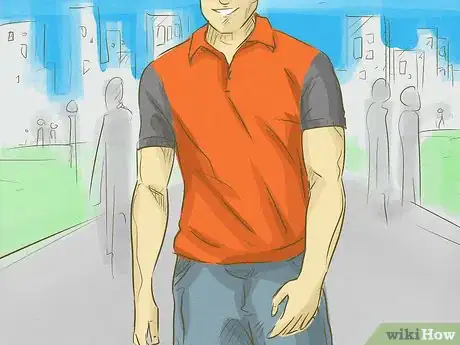

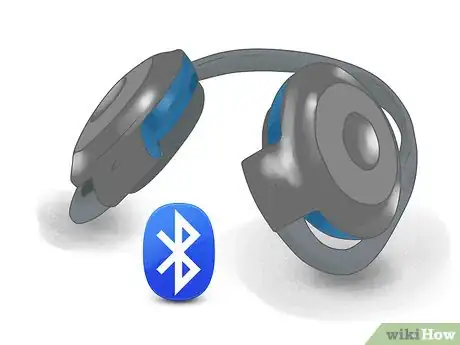
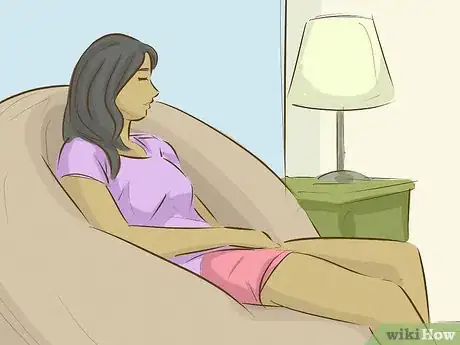
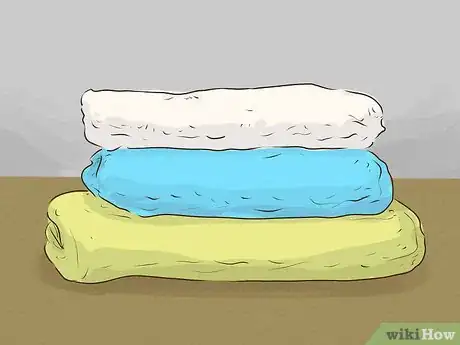
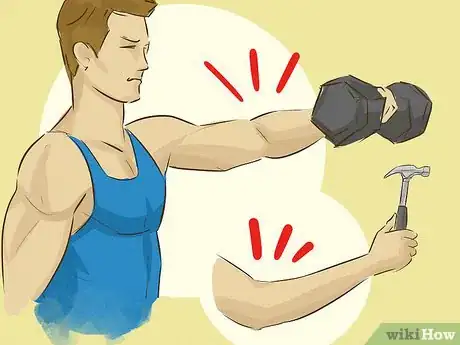

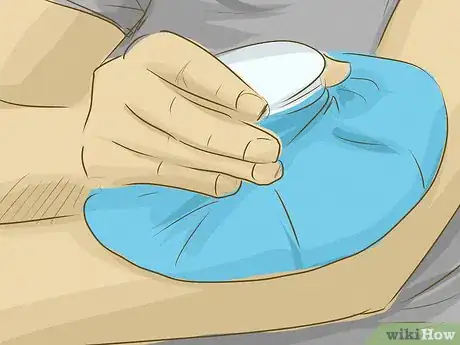
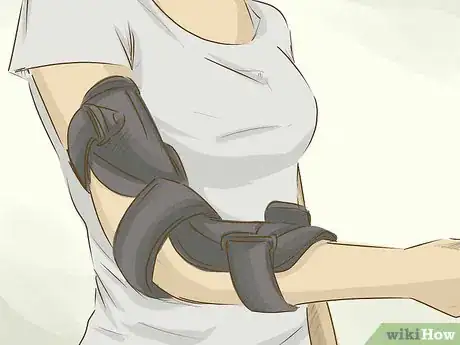
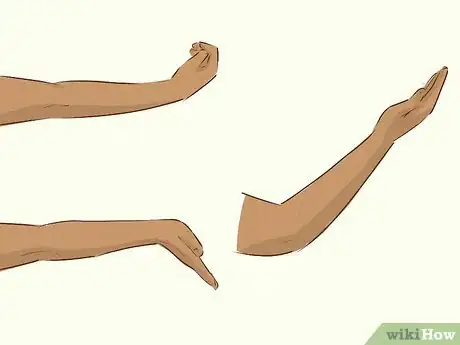
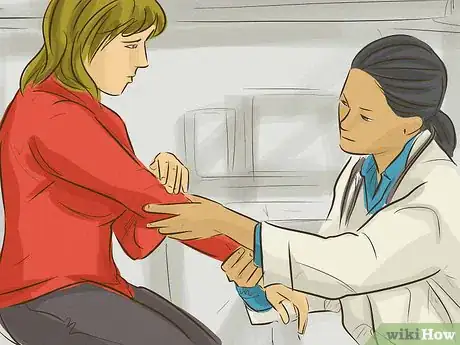
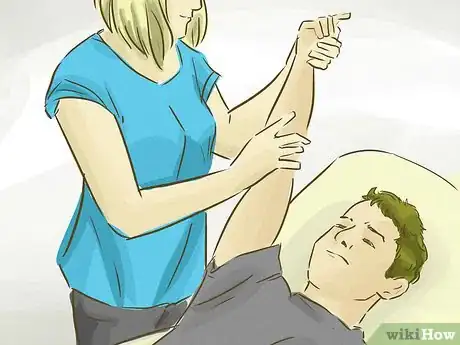

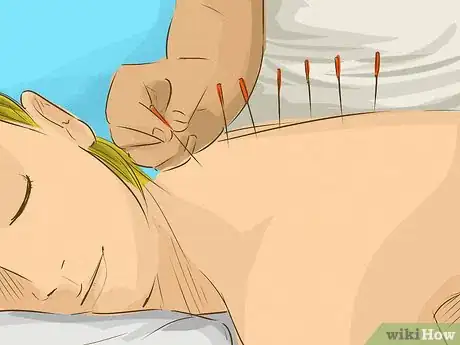


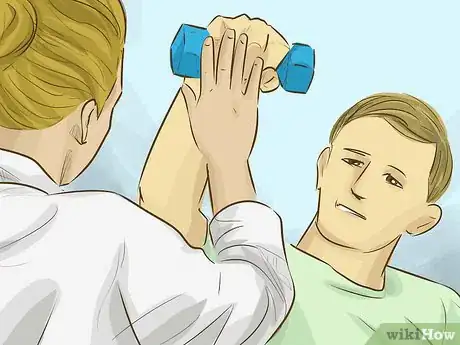
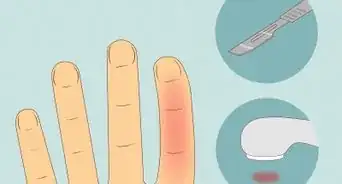
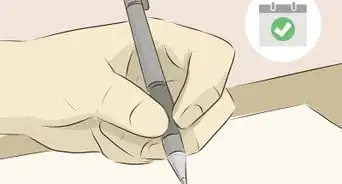
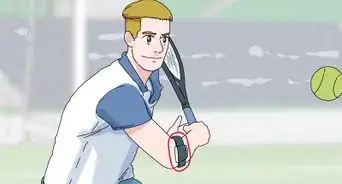
-Step-15-Version-3.webp)









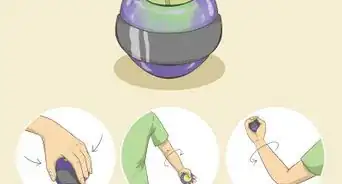









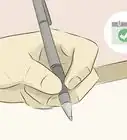

-Step-15-Version-3.webp)



































Medical Disclaimer
The content of this article is not intended to be a substitute for professional medical advice, examination, diagnosis, or treatment. You should always contact your doctor or other qualified healthcare professional before starting, changing, or stopping any kind of health treatment.
Read More...